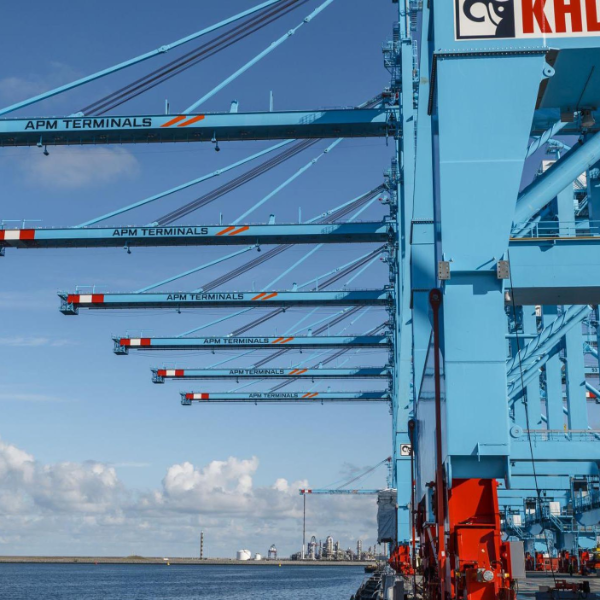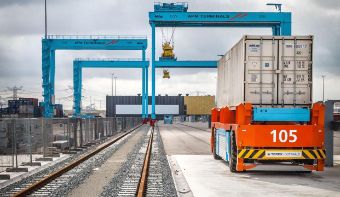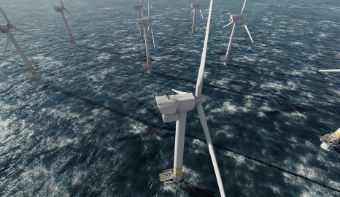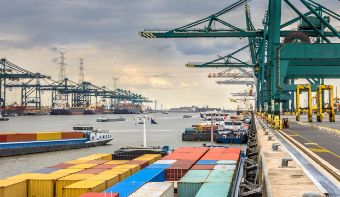Terminals

Terminals
Port terminal development involves the design and construction of facilities for the movement of different types of cargo, for different terminal operators. A range of factors must be taken into account in the design of port terminals, including the type of cargo handled, the logistics of the terminal, terminal equipment, storage facilities, the size and type of vessels using the terminal, environmental considerations and safety requirements.
Witteveen+Bos helps clients draw up terminal designs, from terminal concepts to technical designs and tender documents for quay walls, jetties, dredging and land reclamation works, paving, and utilities such as power and water supply, shore power for vessels (‘cold ironing’), drainage, lighting and fencing (ISPS). We can also handle the design of terminal buildings, such as gatehouses, offices and workshops.
Witteveen+Bos has extensive experience in designing terminals for offshore (wind) projects. The design of this type of terminal is challenging because of the high quay wall loads required to allow the loading of heave cargo, such as pile foundations for offshore wind turbines. The spud poles and spud barges used by the offshore installation vessel also impact the quay wall. Witteveen+Bos uses 3D models in the quay design to enable the mooring and loading of this specific type of vessels.
In addition to terminals for offshore wind projects, Witteveen+Bos also helps clients develop the following types of terminals:
- Container terminals, such as the state-of-the-art terminal APMT Maasvlakte 2 in Rotterdam (Netherlands) and PSA Europa terminal in Antwerp (Belgium);
- Terminal for liquid bulk, for cargo such as LNG, green fuels like ammonia and liquid CO2. Witteveen+Bos produced the design for a quay wall and harbour basin for an LNG bunker hub at the Gate terminal in Rotterdam;
- Dry bulk terminals, for products such as coal, grain or chemical fertiliser, which are stored in warehouses or on outdoor storage sites. Witteveen+Bos designed a grain terminal in Ventspils;
- General cargo terminals handling a variety of goods;
- Facilities for roll-on/roll-off (RORO): these vessels transport vehicles such as cars, trucks and buses between ports;
- Cruise terminals designed for passenger ships, including facilities such as customs and immigration services, baggage handling areas, shops and restaurants.
More information?




